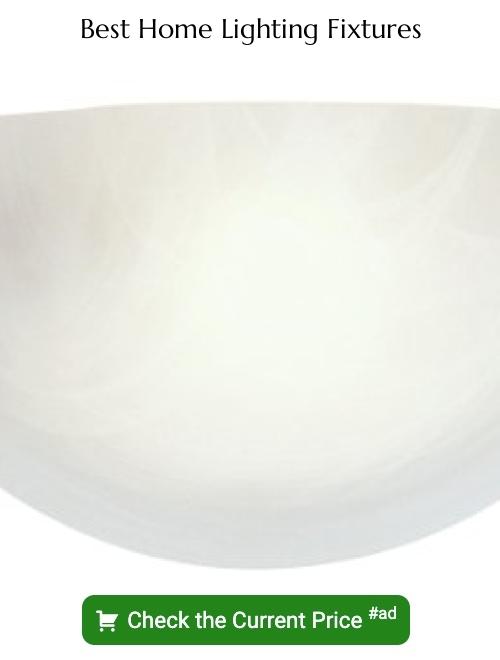Last updated on
Discover the key differences between recessed lighting and track lighting to make an informed decision for your next home illumination project.
Are you in the process of renovating your home and can’t decide between recessed lighting or track lighting? Well, you’re not alone. Choosing between these two popular lighting options can be a tough decision.
Both have their advantages and disadvantages, and it’s important to weigh them carefully before making a final decision. In this article, we’ll take a closer look at recessed lighting vs.
Track lighting to help you make an informed choice that suits your needs and style preferences. So, let’s get started!
Key takeaways:
- Recessed lighting: clean look, versatile, requires professional installation, less maintenance.
- Track lighting: adjustable, design flexibility, easy installation, more maintenance.
- Recessed lighting: flush with ceiling, subtle illumination, ideal for any room.
- Track lighting: greater design flexibility, ideal for highlighting specific areas.
- Recessed lighting: more energy-efficient, less heat emission.
What's Inside
Introduction
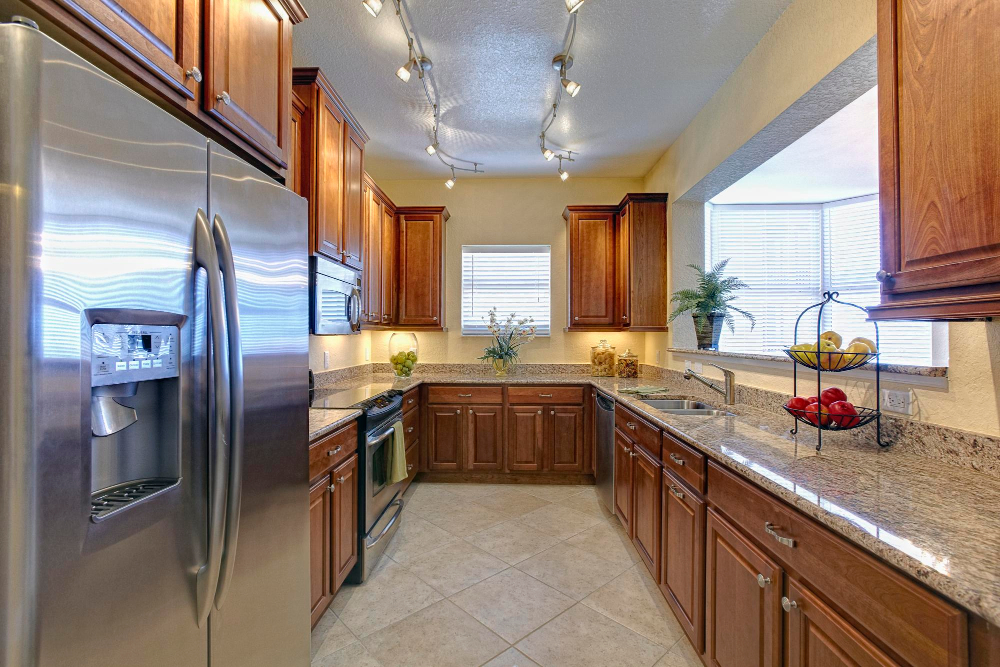
Lighting is an essential aspect of any home decor project. It can transform the ambiance and mood of a room, highlight architectural features, and create focal points.
However, with so many lighting options available in the market today, choosing the right one for your space can be overwhelming. Recessed lighting and track lighting are two popular choices that offer different benefits depending on your needs.
Recessed lights are installed into hollow openings in ceilings or walls to provide ambient light without taking up much visual space. They’re perfect for creating a clean look while providing ample illumination throughout a room.
Track lights consist of multiple fixtures mounted onto tracks that can be adjusted to direct light where it’s needed most. They’re ideal for highlighting artwork or other decorative elements while also providing task-oriented illumination.
Recessed Lighting Overview
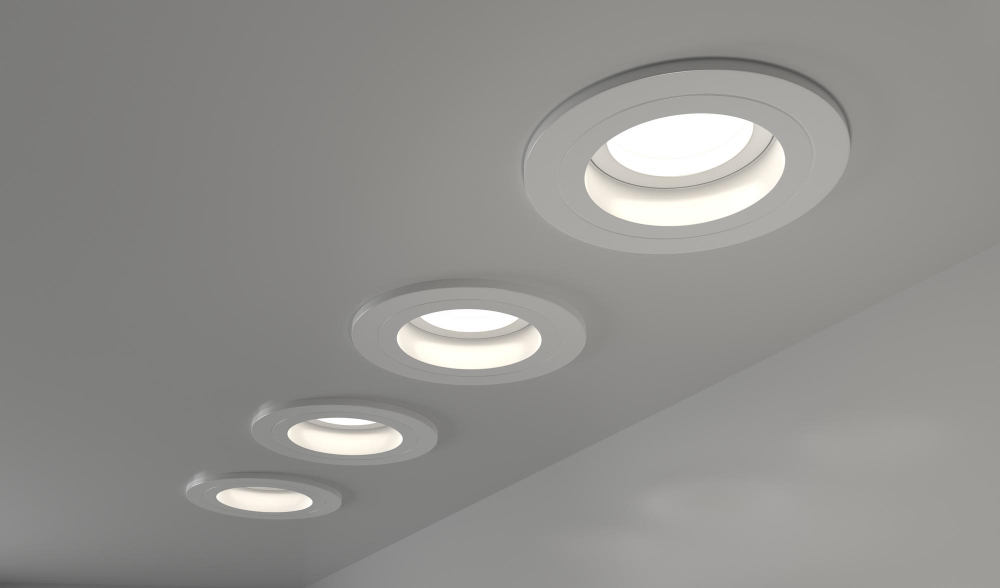
This type of lighting is installed directly into the ceiling, creating an unobtrusive and streamlined appearance. Recessed lights are typically small and circular or square-shaped fixtures that sit flush with the ceiling surface.
One of the main advantages of recessed lighting is its versatility. It can be used to provide general illumination throughout a room or as accent lighting to highlight specific features such as artwork or architectural details.
Recessed lights come in various sizes and shapes which makes them suitable for different types of rooms.
Another benefit of recessed lights is that they do not take up any floor space like traditional lamps would do; this makes them ideal for smaller spaces where every inch counts! However, it’s important to note that installing these fixtures requires cutting holes into your ceiling which may require professional installation if you’re not comfortable doing it yourself.
Track Lighting Overview
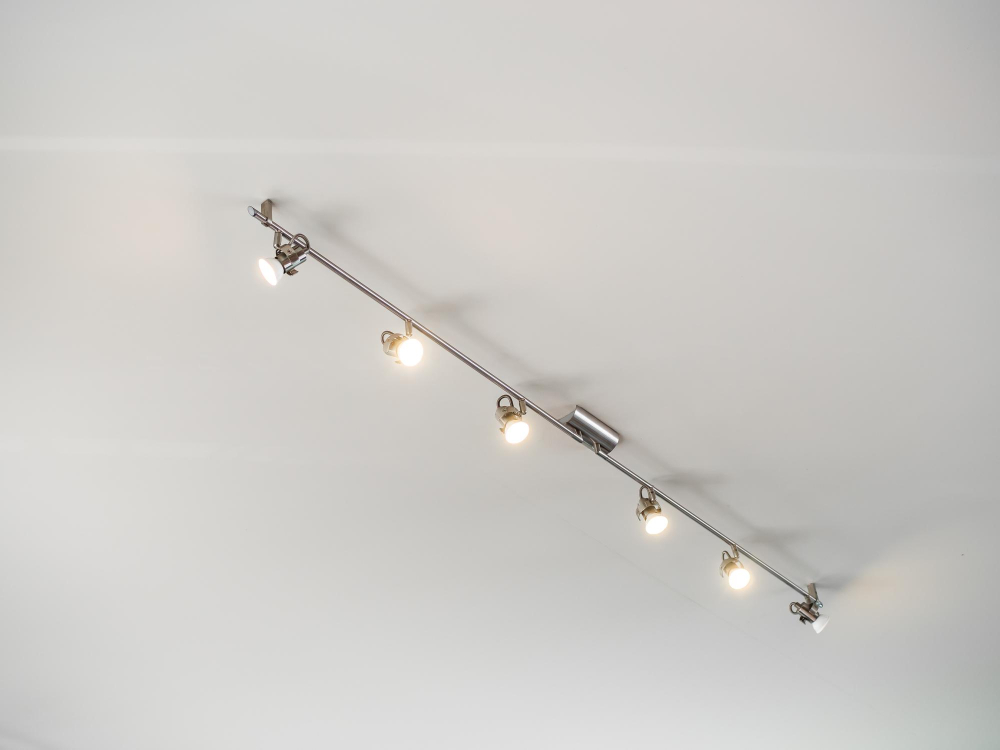
This type of lighting consists of multiple fixtures mounted on a track that can be adjusted and moved as needed. The flexibility of the track allows you to direct light where it’s needed most, making it an ideal choice for highlighting artwork or accentuating specific areas in your home.
One advantage of track lighting is its versatility in terms of design options. You can choose from various styles, finishes, and colors that complement your decor style perfectly.
If you’re looking for energy-efficient options, LED bulbs are available with this type of fixture.
Another benefit is the ease with which they can be installed compared to recessed lights since there’s no need for cutting holes into ceilings or walls; instead tracks are simply attached directly onto surfaces like drywall or plasterboard using screws and anchors.
Installation Process Comparison
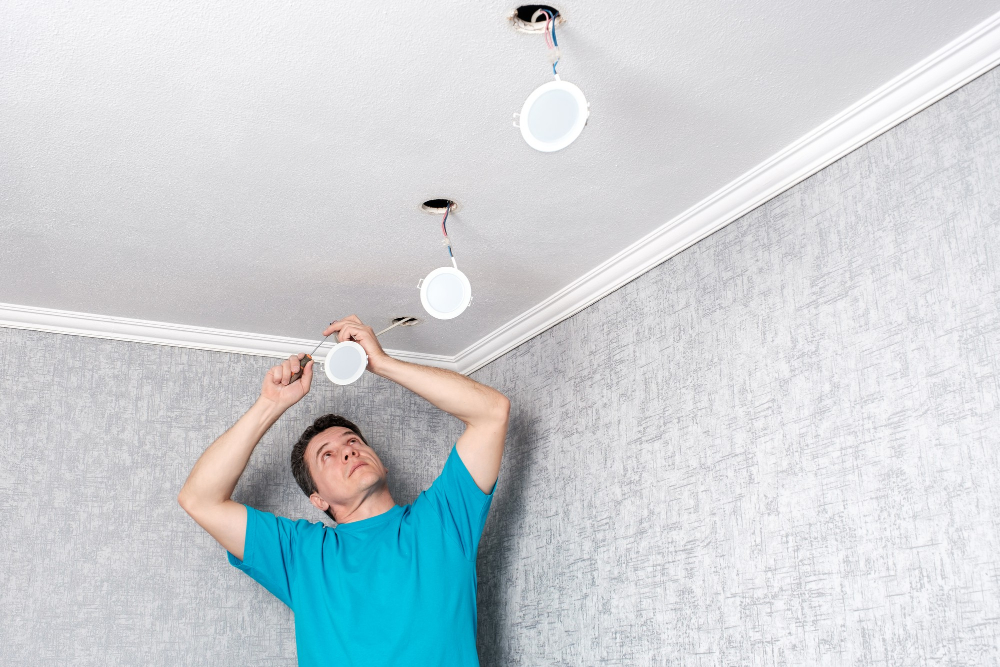
However, the installation process for each type differs significantly. Recessed lighting requires cutting holes in the ceiling or wall where you want your lights to be placed.
This can be a time-consuming and messy process that may require professional help.
On the other hand, track lighting is much easier to install as it only requires mounting a track onto your ceiling or wall with screws and then attaching light fixtures onto the track itself. This makes it an ideal option for those who prefer DIY projects.
Aesthetics and Design Flexibility
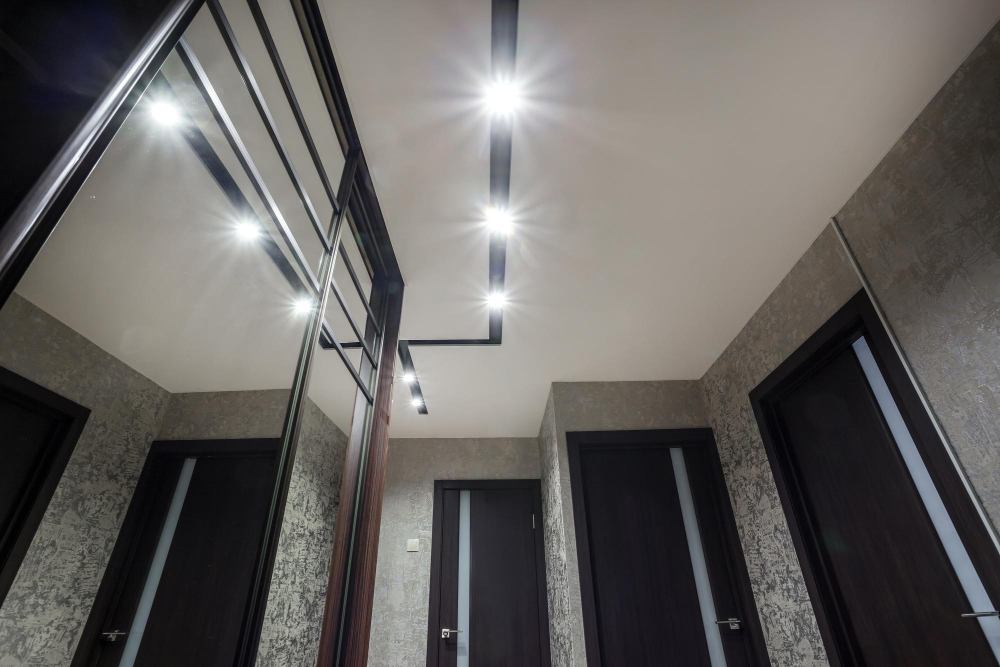
Recessed lights are installed flush with the ceiling, creating a sleek and modern look that blends seamlessly into any decor style. They also provide a more subtle illumination that can be used to highlight specific areas or objects in a room.
On the other hand, track lighting offers greater design flexibility as each light fixture can be adjusted independently along the track. This allows you to direct light exactly where you need it most, making them ideal for highlighting artwork or architectural features in your home.
Ultimately, choosing between recessed lighting vs. Track lighting will depend on your personal preferences and needs for each space in your home.
Energy Efficiency and Costs

Recessed lights are typically more energy-efficient than track lights because they use LED bulbs that consume less electricity. Moreover, since recessed lights are installed inside the ceiling or wall, they don’t emit as much heat as other types of light fixtures.
On the other hand, track lighting can be more expensive to operate due to its design flexibility. Since you can adjust each individual light on a track system independently, you may end up using more electricity if you’re not careful with your settings.
In terms of upfront costs for installation and equipment purchases; however; there is no clear winner between these two options. The cost will depend on factors such as the size of your room or space where you want them installed and whether any electrical work needs doing before installation.
Room Suitability
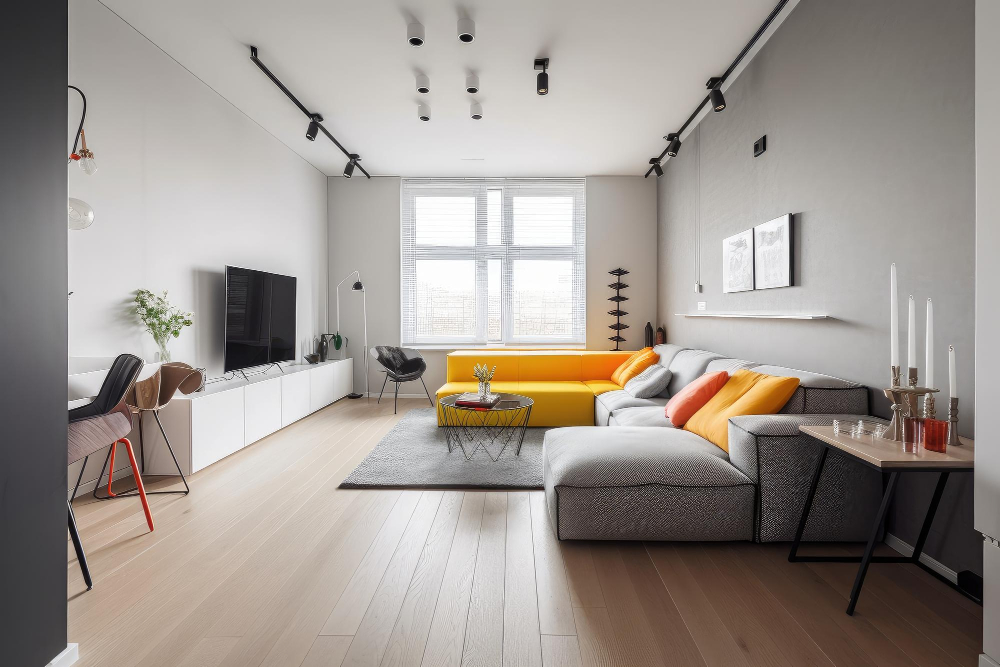
Each type of lighting has its own strengths and weaknesses that make them more suitable for certain rooms than others.
For instance, if you want to highlight specific areas or objects in your living room or bedroom, track lights are an excellent choice. They offer greater flexibility when it comes to directing light where you need it most.
On the other hand, if you prefer a more subtle ambiance with even illumination throughout the space without any visible fixtures on display then recessed lights might be better suited for your needs.
In general terms though both types of lighting can work well in almost any room depending on how they are installed and used creatively by taking into account factors such as ceiling height, furniture placement as well as personal preferences regarding brightness levels etc.
Maintenance Considerations
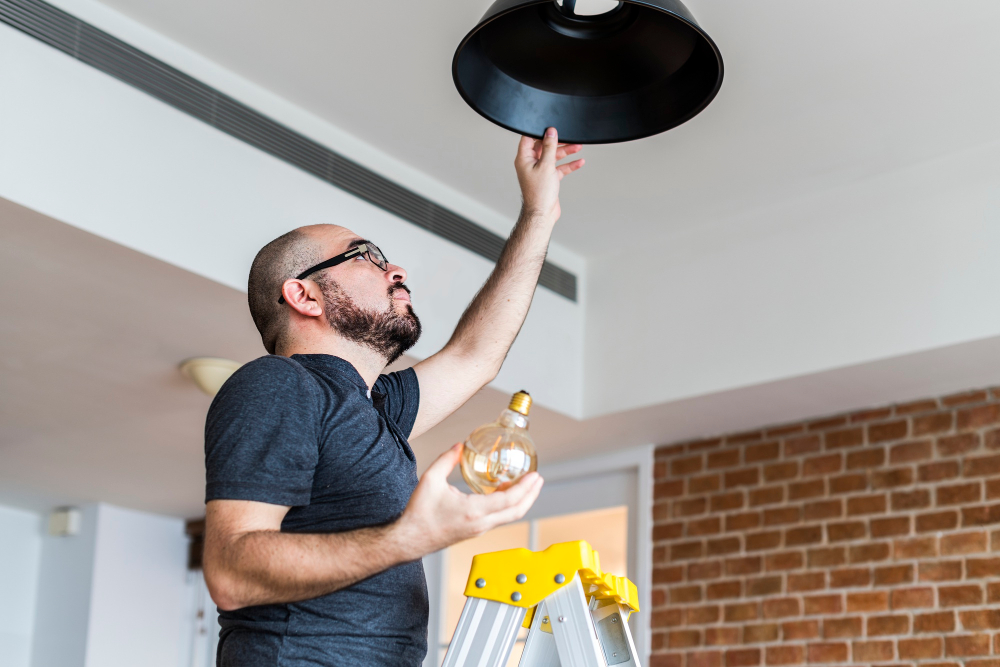
However, the type of maintenance required for each varies significantly. Recessed lighting is generally more difficult to maintain since it’s installed inside the ceiling or wall and requires a professional electrician to replace bulbs or make repairs.
On the other hand, track lighting is much easier to maintain as you can easily access individual fixtures without having to remove any part of your ceiling or walls. You can simply detach a fixture from its track and replace it with a new one if needed.
It’s also worth noting that recessed lights tend to accumulate dust over time which may affect their brightness levels while tracks are less prone but still need occasional cleaning especially in dusty environments like kitchens.
Pros and Cons of Each Type
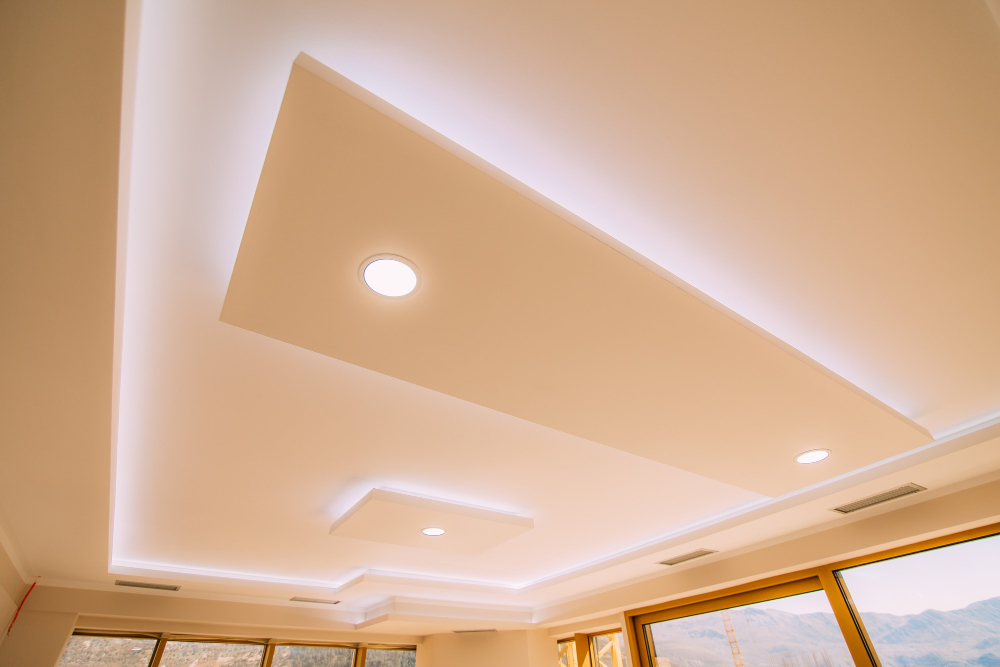
Recessed lighting is a popular choice for homeowners who want a sleek, modern look in their homes. It’s also great for creating ambient light that can be dimmed or brightened as needed.
However, the installation process can be more complicated than track lighting since you need to cut holes in your ceiling.
On the other hand, track lighting is easy to install and provides flexibility when it comes to directing light where you need it most. You can adjust individual lights along the track or move them altogether if necessary.
This makes them ideal for highlighting artwork or specific areas of a room.
However, one downside of using tracks is that they may not blend well with certain decor styles such as minimalist designs where clean lines are preferred over visible fixtures on walls/ceilings.
Conclusion

Recessed lighting is a great option for those who want to create a clean, minimalist look in their home while providing ample illumination. On the other hand, track lighting offers more design flexibility and can be used to highlight specific areas or objects in your space.
When deciding between these two options, it’s important to consider factors such as installation process, energy efficiency, maintenance requirements as well as the overall aesthetics of your room. Ultimately it comes down to personal preference and what works best for your individual needs.
We hope this article has helped you understand the key differences between recessed vs. Track lighting so that you can make an informed decision when choosing which type of light fixtures will work best for your home decor project!
